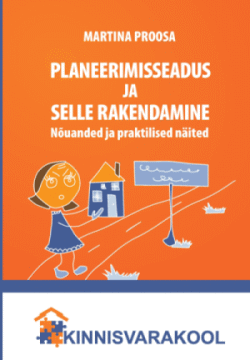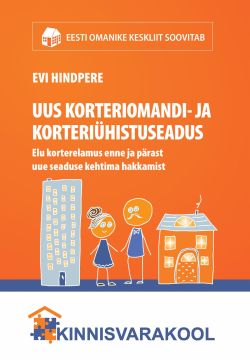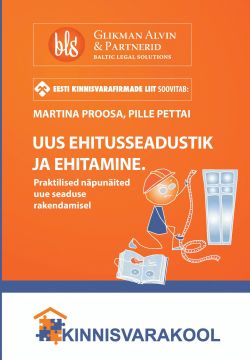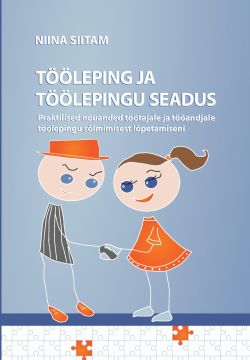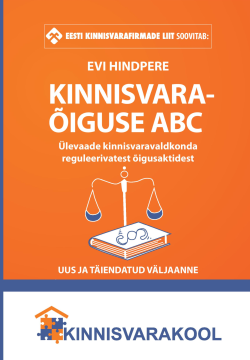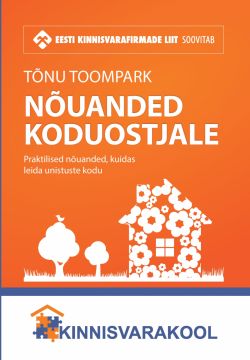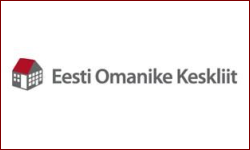 At the end of 2014, the volume of liquid assets per resident was on par with the recommended money reserve in all three Baltic States, but at the same time a significant number of the residents of Latvia and Lithuania stated that they do not have any savings whatsoever. The situation with long-term savings was worse – the sum accumulated per resident does not even exceed the sum of one month’s pension today, reveals the new SEB Baltic Household Outlook.
At the end of 2014, the volume of liquid assets per resident was on par with the recommended money reserve in all three Baltic States, but at the same time a significant number of the residents of Latvia and Lithuania stated that they do not have any savings whatsoever. The situation with long-term savings was worse – the sum accumulated per resident does not even exceed the sum of one month’s pension today, reveals the new SEB Baltic Household Outlook.
“By the end of 2014, the average deposit amount per resident was 5 times the average monthly income in Estonia, 4.6 times in Latvia and 6.2 times in Lithuania. These ratios are in compliance with the recommended money reserve amount, which should be equal to the expenses of 3–6 months. At the same time, based on Eurostat data, 39 per cent of the residents of Estonia are not able to handle unexpected expenses. This figure is a bit lower than the European Union average (39.8 per cent) and is closer to the wealthier countries like the United Kingdom (38.9 per cent) and Italy (38.7 per cent). In Lithuania and Latvia, the number of families who are not able to handle unexpected events financially is significantly higher – 57 and 67 per cent, respectively. A large number of the residents of Latvia and Lithuania are quite vulnerable financially, when it comes to having a liquid money reserve,” commented Julita Varanauskienė, economist at SEB Lithuania.
As for long-term savings, mainly the savings for retirement, the residents of all three Baltic States are in an equally uncertain situation. The sum accumulated in the voluntary pension and life insurance contracts per resident is EUR 258 in Estonia, EUR 284 in Latvia and EUR 295 in Lithuania. This is less than the average retirement pension in Estonia or Lithuania (EUR 350 and 286, respectively) and only slightly more than the average retirement pension in Lithuania (EUR 241).
“It is good to note that the situation is improving. In the course of 2014, the volume of pension and life insurance contracts grew by 21.3 per cent in Lithuania, 19.1 per cent in Latvia and 11.6 per cent in Estonia. Allocating more into long-term savings shows the decreasing reluctance of families to take investment risks, security in having an income in the future, trust of the financial markets, and the wish to earn a higher rate of return. Positive investment outcomes have also contributed to the growth of long-term savings. The average rate of return of the 3rd pillar pension funds was 7.8 per cent in Lithuania and Estonia, and 6.6 per cent in Latvia in 2014,” adds Triin Messimas, financial expert at SEB Estonia.




